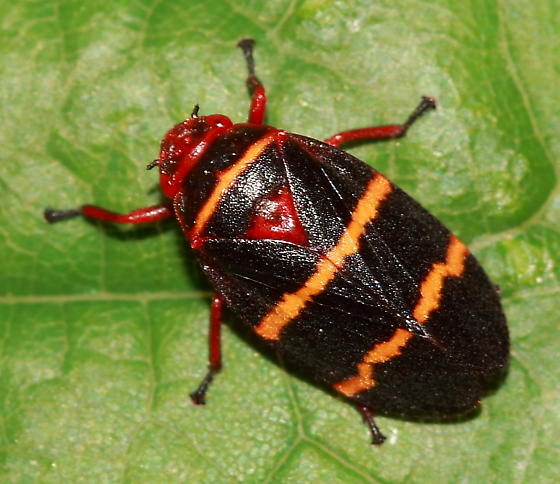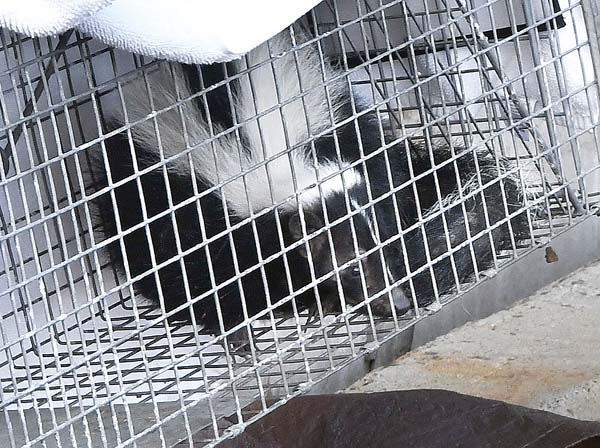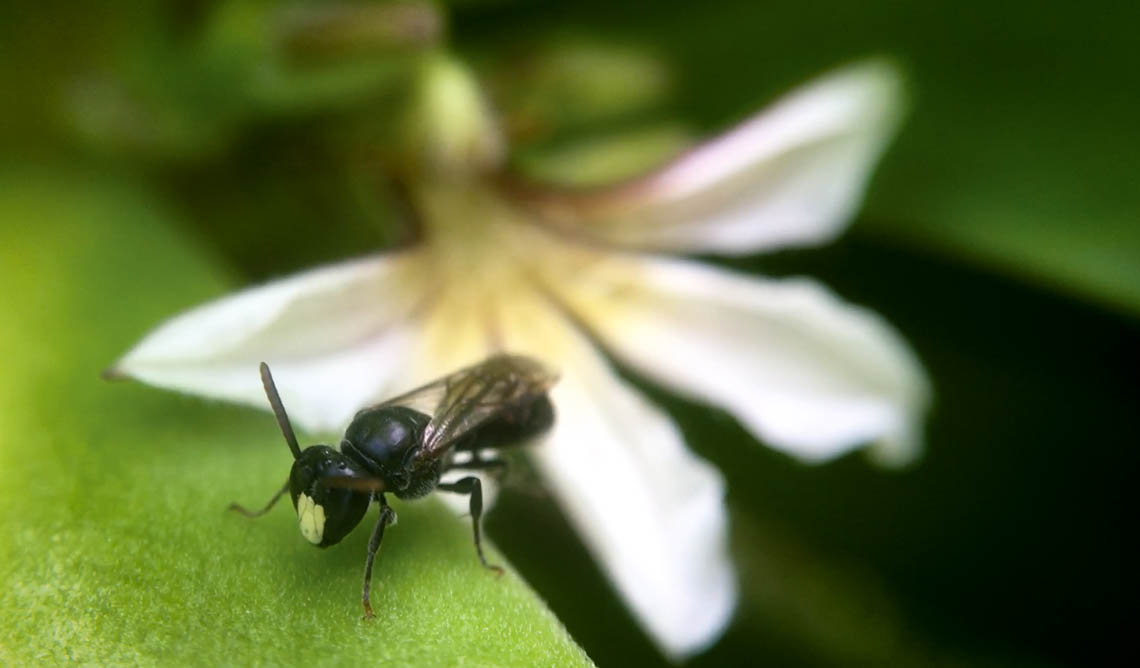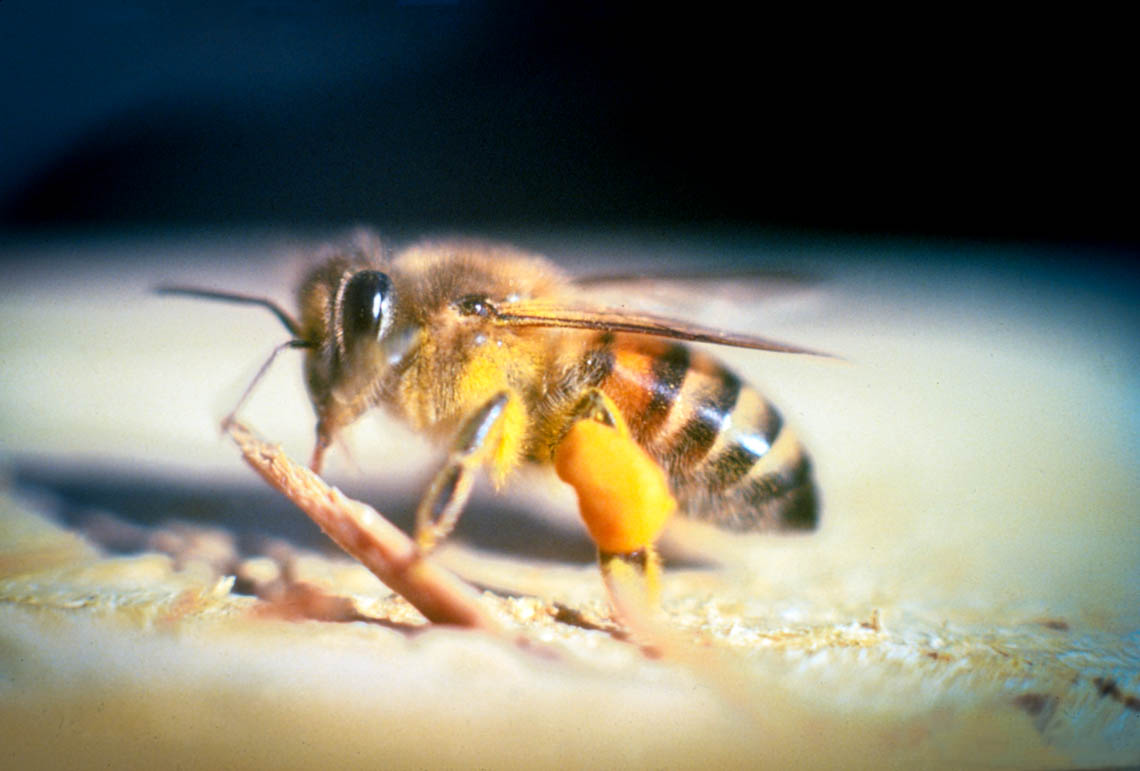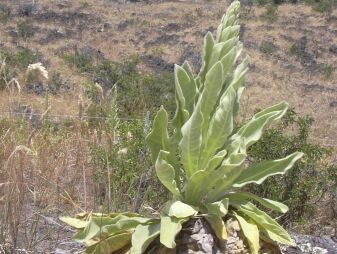In 2016, a rancher on Hawaiʻi Island saw a large swath of his green pastures quickly turn brown. Surveys revealed…
Read More
invasive species
Don’t Let Hawaii Get Skunked: Preventing A Smelly Invader
Hawaiʻi is the only state in the U.S. that is rabies-free. State law requires that dogs, cats and carnivores complete…
Read More
Yellow-faced bees defenseless and vulnerable to predatory ants
Somewhere between 400,000 and 700,000 thousand years ago–about the time Haleakalā was forming–a tiny bee arrived in the Hawaiian Islands….
Read More
Africanized honey bees could threaten Hawaiian honeybee populations
In 2011, alert harbor workers in Honolulu noticed bees inside a container of medical supplies shipped from Long Beach California….
Read More
Mullein and Milk Thistle-Some Medicinal Plants are a Bad Prescription for the Environment
Humans have always relied on plants for medicine and many modern remedies are still derived from plants. The active ingredient…
Read More
